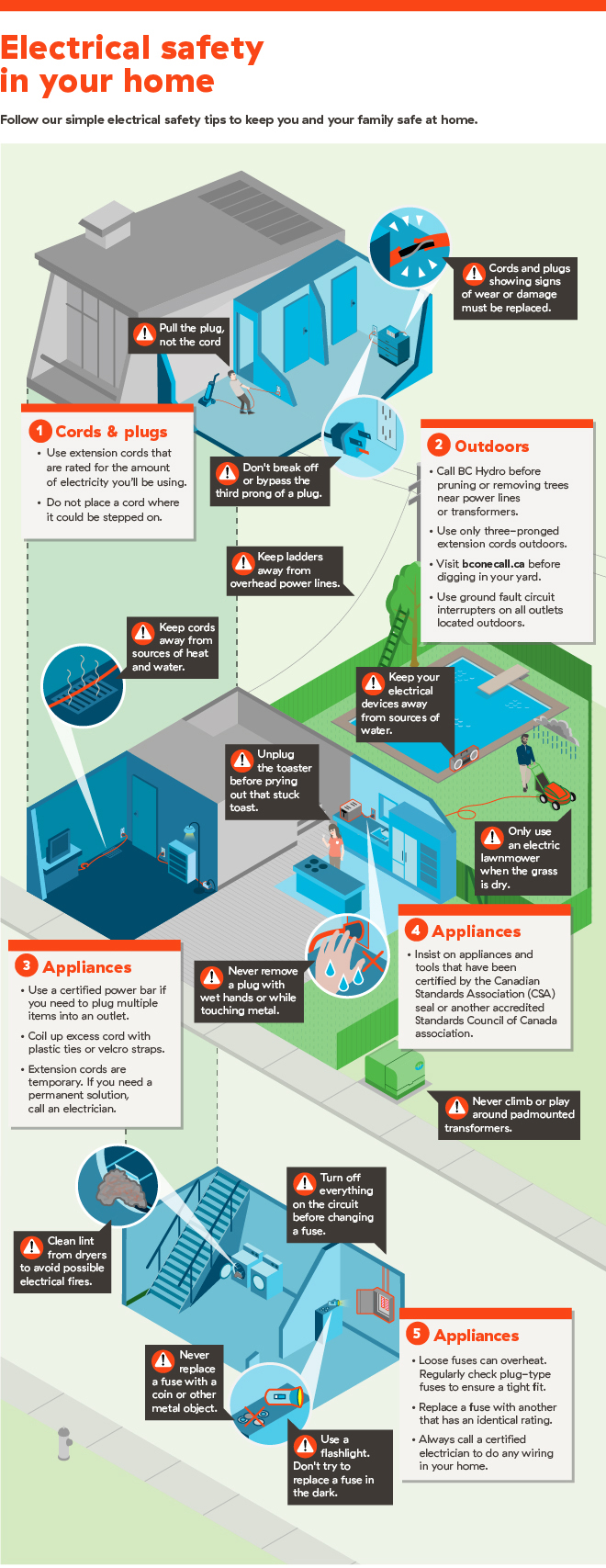Indications It's Time To Eliminate A Tree - A Property Owner'S Guide
Indications It's Time To Eliminate A Tree - A Property Owner'S Guide
Blog Article
Created By- my propety add charm and worth to home, yet they can also position a risk during severe climate events. If a tree has stopped expanding, is exhibiting visible fungal growth, or has a leaning trunk, it ought to be eliminated by a professional to stay clear of residential property damages and injury.
To read more, participate in a homeowner resource reasonable co-hosted by HPD, the Center for NYC Neighborhoods, and Brooklyn-based real estate partners this night in Bedford-Stuyvesant. The event will certainly include the Property owner Manual, a brand-new overview to assist homeowners browse the obligations of possessing a home.
1. Dead or Dying Branches
Trees are an essential part of your home's landscape, using color and beauty. They additionally supply shelter for wildlife and generate oxygen, but even healthy and balanced trees can experience health problems that might demand their removal. Dead or dying trees aren't simply unsightly, they can be dangerous. Their branches could fall during a tornado, causing costly property damages and injuries.
When a tree's branches begin to pass away, it suggests that its framework is starting to break down. If the majority of its branches are dead, it is most likely time to remove it.
Search for an absence of brand-new growth, bark peeling, open wounds or cavities, fungis growing on the trunk or origins and a general look of degeneration in the whole canopy. These indications of infection can show a significant issue that will call for expert tree solutions to fix.
2. Leaning Trunk
While it's typical for trees to lean once in a while as a result of phototropism, if a tree has an unsafe or extreme lean that's not due to natural processes - it could be an indication that the tree requires to be gotten rid of. If read here is leaning toward a high-voltage line, home, lorry, play structure or any other location that could be dangerous to individuals if it drops, after that calling an expert tree solution for removal must be a leading concern.
It's also essential to watch for any kind of sudden changes in a tree's leaning as it can suggest damage to the origins or trunk that might bring about falling. This is particularly real during stormy weather, because high winds and rain-soaked dirt can cause a lean to transform rapidly. Normal monitoring, particularly during and after storms can help property owners acknowledge prospective issues with their trees so they can call an arborist for a complete examination.
3. Parasite Infestation
Some pest infestations, such as wood-boring insects like emerald ash borer or sap-suckers like scale insects, are so severe that they can create a tree to pass away. The most effective way to stop pest infestation is to check your trees regularly. Look for areas, openings, or stainings in the leaves and bark. Analyze the trunk for cracks and indications of insect damage, such as passages or tracks.
If a tree comes to be also ravaged with bugs, or is close to a home or power lines, an arborist might advise removal. If a leaning tree establishes a new, unsteady lean, an arborist will likely recommend elimination also to make certain the safety and security of individuals and building. If a damaged or dead tree continually sheds excessive branches, it is an indicator that it is time to get rid of the tree. If a tree remains to drop branches for an extended period of time, it might result in structural troubles and possible home damage.
4. Damaged https://sites.google.com/view/growth-maintenance/ are a beautiful and fundamental part of our landscape, but they do call for regular care to keep them healthy and secure. If a tree is harmed irreparable it is likely time for it to come down.
Look for signs of damages to the trunk, consisting of upright cracks, seams, dead branch stubs, visible injuries or open dental caries and severe tree-rot. The presence of fungis at the base of the trunk is another advising indication. Fungi may indicate that the phloem and xylem (life-support tissues) are endangered, permitting the spread of disease or a future failing.
Likewise, think about whether the tree has actually stopped growing. Healthy and balanced trees will certainly have new growth each year, which might be visible as buds or branches growing and extending. If you do not see any type of new development, it's an excellent idea to have an arborist examine the tree and follow their suggestion for elimination. A dying or harmed tree can fall and trigger building damages.